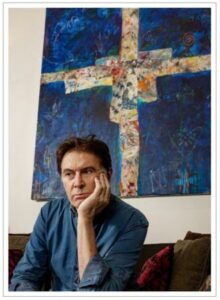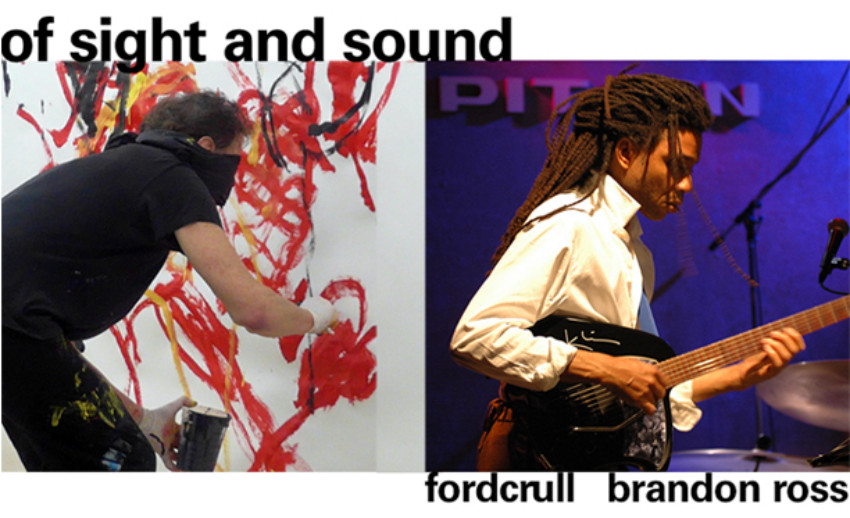May 1, 2018
Painting, for me, is a way of developing one’s own iconography, a personal metaphorical shield.
What, then, is the process by which we rediscover the sublime? And re-achieve it? And discover those things inherent in us that renew our faith?
It is the journey of transformation, of self-discovery. We’re not going on a journey to save the world, but to save ourselves. And in so doing, we save the world. And any world is a living world if it’s alive and the thing is to bring it to life. And the way to bring it to life is to find your own case where your life is, and to be alive yourself.
We can take an active stance by digesting the stimulus around us and transforming it, giving it meaning. There is something then of the personal and universal in this process, more to relate to, and art becomes the means and or methods by which we transcend our environment and reach into the universal. It is a shared experience.
There are many roads to the same point. It seems increasingly necessary to point this out in our contemporary climate. All styles, dialectics, and methodologies are valid and even indispensable to a healthy artistic culture. The collective force of a multiplicity of views enhances and reinforces society, meanwhile providing a suitable environment for the artist journey. It nurtures a favorable climate which supplies all the ambition and inventiveness needed for aesthetic growth. And is not the self-expression of the soul a sacred act beyond the dialectics of a social-political criticism? Even Marx concludes “the deepest essence of man is the creative act.”
The benefits to man exist ultimately in a pool of shared ideas that are always there to draw upon. Over time each individual’s contribution reflects and enhances the culture and Spirit of Man, and gives art its meaning and substance.
A re-informed art is that with all those things it lost in the formalist decades, chief among them the belief that painting can be an avenue to spiritual renewal, a boulevard from the past to the future.
History has shown us what happens to art when one ideological mode is held supreme at the expense of all the others, and when aesthetic discrimination is judged to be superfluous in favor of the current political or social ideology. History also teaches us that over time it is not the political, sociological, or environmental distinctions that comprise great art; it is the magnitude of the artists’ vision transcending these manifestations of style and meeting on the plane of the universal.

